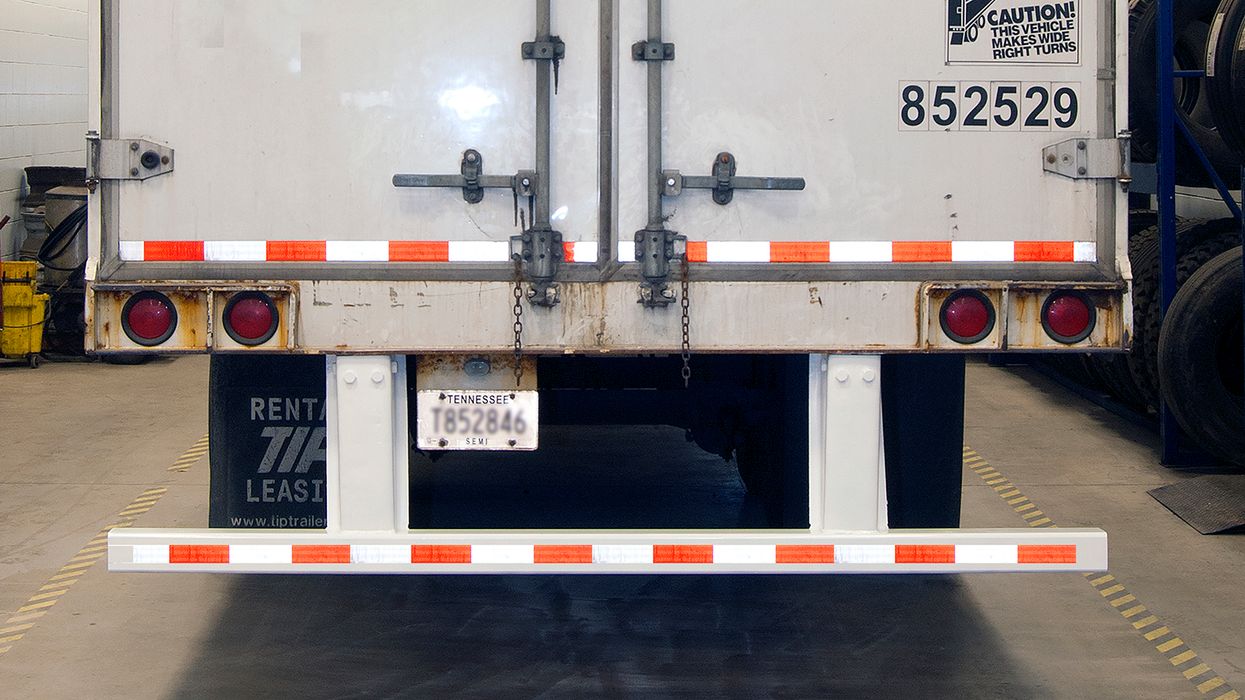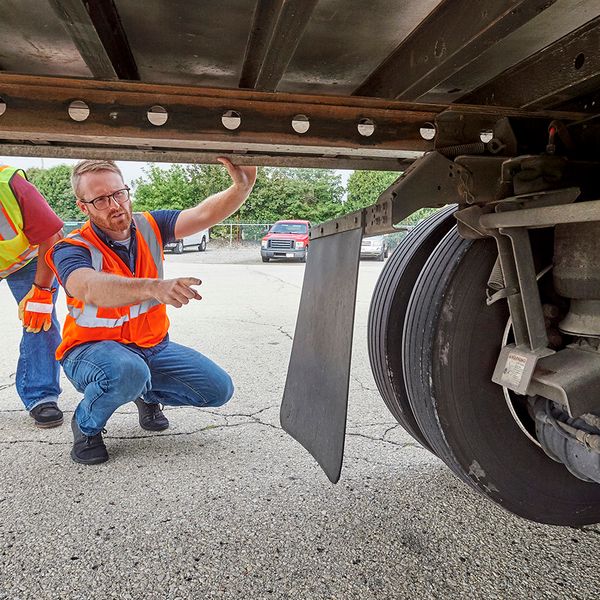Conflicting advice could delay underride protection regulations
Advice coming from an advisory committee is conflicting, which means new regulations on underride protection are a long way from reality.
The National Highway Traffic Safety Administration (NHTSA)'s Advisory Committee on Underride Protection (ACUP) was created to provide information and advice to the Department of Transportation on the reduction of injuries and fatalities that result from underride crashes involving commercial vehicles. Their findings, however, are confusing.
Defining the problem
An underride collision occurs when a smaller vehicle strikes a large commercial vehicle in the rear or side and ends up under the vehicle.
Currently, there are regulations in place to reduce the injuries when such crashes occur at the rear of the commercial vehicle. Some are found in the NHTSA regulations at 571.223 and 571.224. These regulations are the ones that create the large bumper requirements that are applicable to certain trailers (full width of the trailer, 4-inch crossbar that is within 22 inches of the ground, etc.).
The regulation that affects the other commercial vehicles (trailers other than the ones covered by the NHTSA regulations and straight trucks) are the Federal Motor Carrier Safety Administration (FMCSA) rear impact guard regulations at 393.86.
One issue the ACUP grappled with was the data on underride crashes. There historically has been no direct data element in crash reports related to underrides. In the crash reports, these crashes are recorded with all other rear impact, side impact, and side swipe crashes. This has created a situation where the committee members, whether in favor of or opposed to side underride guards questioned the data.
Committee reports, that’s right, reports
In their published report, the majority of the ACUP recommended that any part of a commercial vehicle with a bottom point significantly higher than the normal passenger vehicle should be equipped with underride protection. This would result in the need for side underride guards for most straight trucks and semi-trailers. In some cases, it would also lead to requiring front underride guards (a larger front bumper). Also, the majority ACUP report recommended improving the existing standards for rear impact protection on trucks and trailers.
A group of committee members, however, did not agree with the findings and recommendations of the majority and published their own minority report. In their report, the minority states that more accurate data was needed to make sound recommendations and that the roll out of vehicle safety and crash avoidance technology should be studied as a possible solution.
The result is that NHTSA did not get a consensus report from the ACUP. This may have an impact on any upcoming rulemaking related to side underride guards (as well as strengthening the rear impact guards and creating front impact protection requirements).
The process
Before the NHTSA and FMCSA can publish new rules related to underride guards, they need to:
- Accept at least some of the ACUP recommendations,
- Create a proposed rule,
- Release the proposed rule for comment,
- Consider the comments, and
- Create a final rule.
Once a final rule is passed, NHTSA will need to phase the requirements in over several years. Once the NHTSA rules are in effect, FMCSA will need to update their regulations to require the underride protection on the covered vehicles when operating on the road. Therefore, even if NHTSA chooses to accept some of the majority recommendations and start the rulemaking process, any rule would be years away.
Key to remember: While you may be reading a lot about underride guards, nothing is likely to happen any time soon.

















































